Nonprofit Begs Sharpshooters to Kill More Than 2,000 Invasive Deer on Catalina Island in California
Catalina Island, a tranquil oasis off the coast of Southern California, is currently facing a pressing ecological issue. The island, known for its pristine beauty, is experiencing an ecological imbalance due to over 2,000 invasive mule deer.
Introduced in the late 1920s, these animals are now threatening the island’s delicate ecosystem, leading the Catalina Island Conservancy to seek urgent and effective solutions to mitigate the escalating problem.
The Unwanted Guests
The mule deer, although a part of the island’s fauna for almost a century, have become an invasive species, competing for the limited vegetation. According to Whitney Latorre, the chief executive of the Catalina Island Conservancy, both the island and deer are striving for survival.

Source: Meredith Fontana/Unsplash
The semi-arid land of Catalina is under threat, with its vegetation rapidly depleting due to the overwhelming deer population.
A Controversial Solution
The Conservancy has proposed a bold measure to control the deer population – employing sharpshooters in helicopters to cull the animals. This method has historical precedence; in 1990, around 1,700 goats were eradicated in a similar manner to preserve the island’s ecosystem.

Source: Elias Shankaji/Unsplash
While controversial, such drastic actions are considered necessary by some to ensure the survival and thriving of native species and habitats.
Community Response
Dianne Stone of the Catalina Island Humane Society has voiced concerns about the proposed culling. The mule deer, despite being invasive, have been a part of the island’s ecosystem for decades.
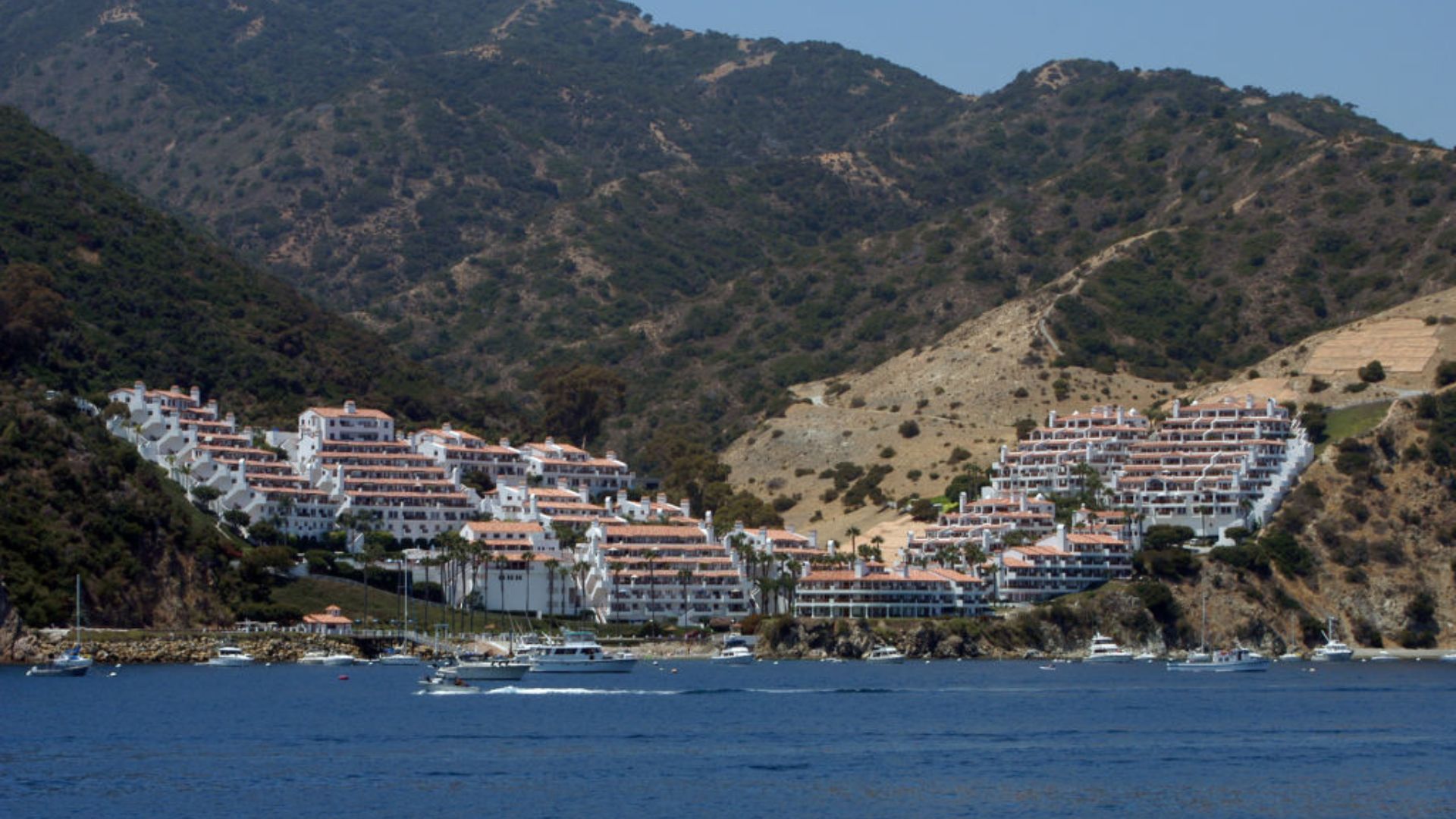
Source: Getty Images
Stone and others believe in the animals’ intrinsic value to the island’s natural appeal. A petition against the mass culling has garnered over 3,200 signatures, reflecting a significant opposition to the Conservancy’s plan.
Ecological Concerns
The conservation challenge is amplified by the ongoing climate crisis. “Unless we address the deer issue, the island will become more and more vulnerable to devastating consequences brought on by rising temperatures and drought,” Latorre emphasized.
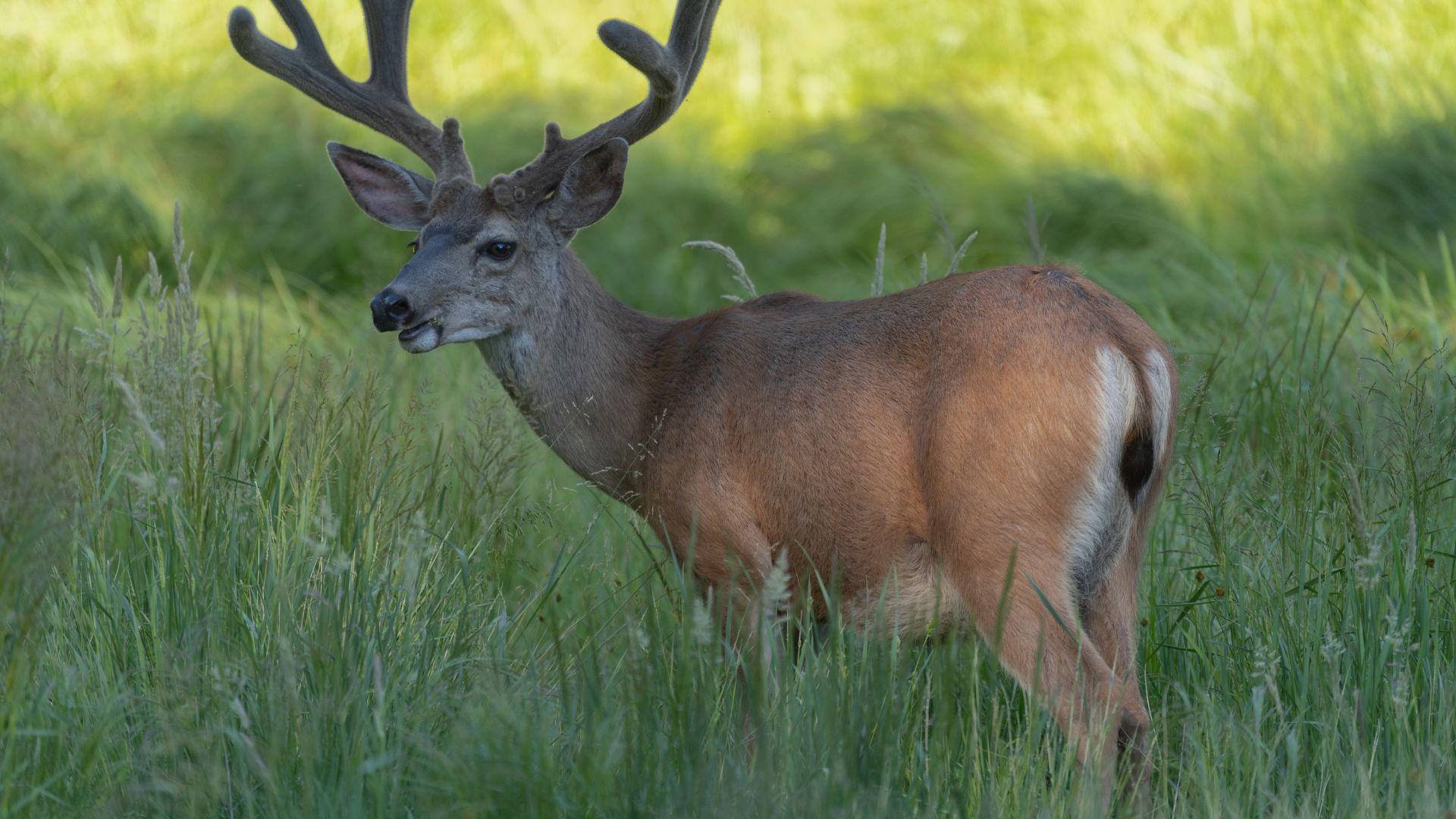
Source: Y S/Unsplash
The increasing vulnerability of the island necessitates immediate action, with the mule deer’s rapid consumption of vegetation accelerating environmental degradation.
Alternative Solutions
A non-lethal approach, similar to the birth control methods used to manage the bison population on the island, is being advocated by some groups. Dianne Stone questions the morality of killing the deer, proposing porcine zona pellucida immunocontraception as an alternative.
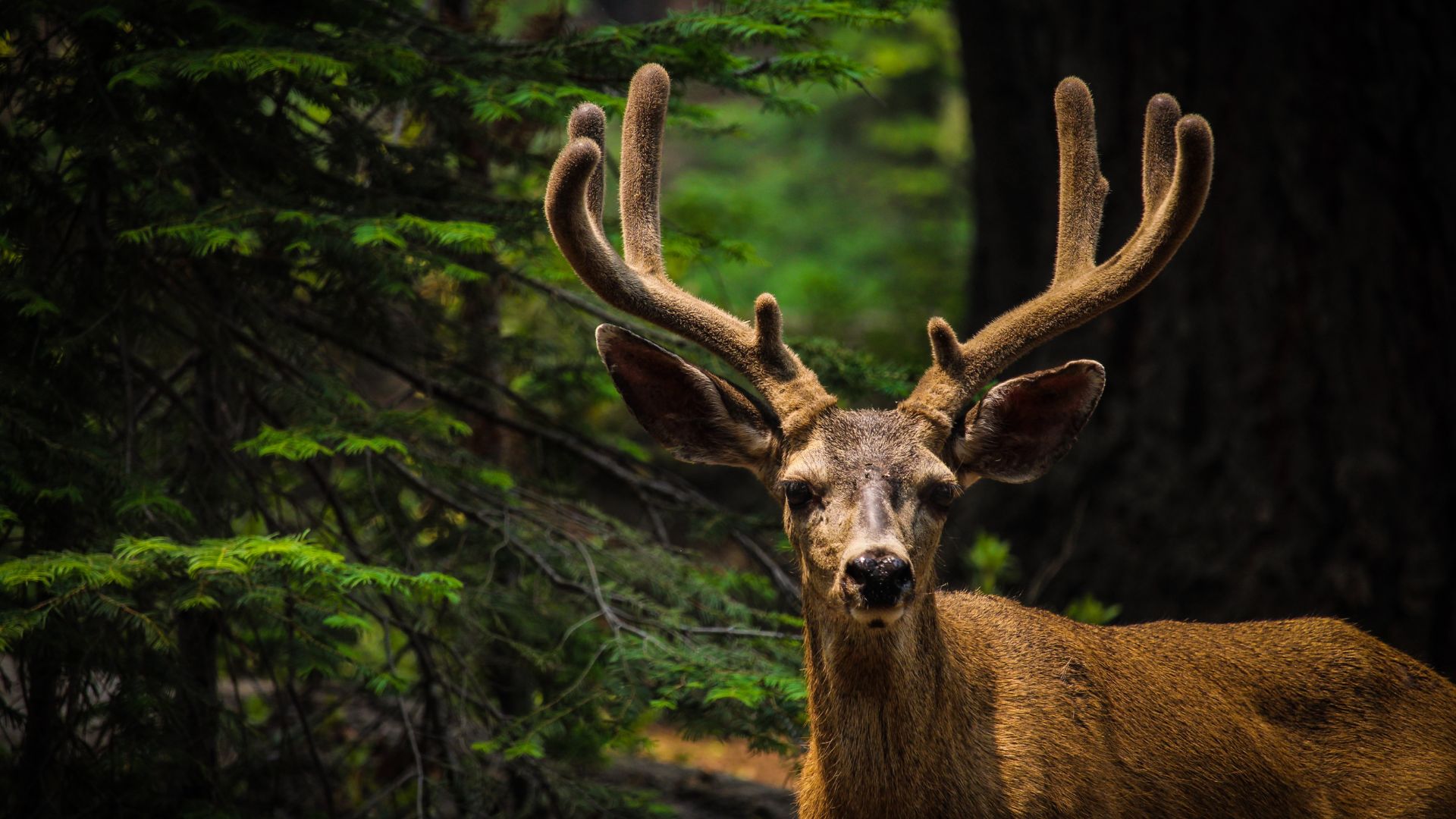
Source: Chloe Leis/Unsplash
This divide in approaches towards population control illustrates the complex and multifaceted nature of the issue at hand.
Ethical Questions
The proposal of employing sharpshooters raises ethical questions. The considered “gruesome and violent” method is facing backlash from residents and animal welfare advocates.
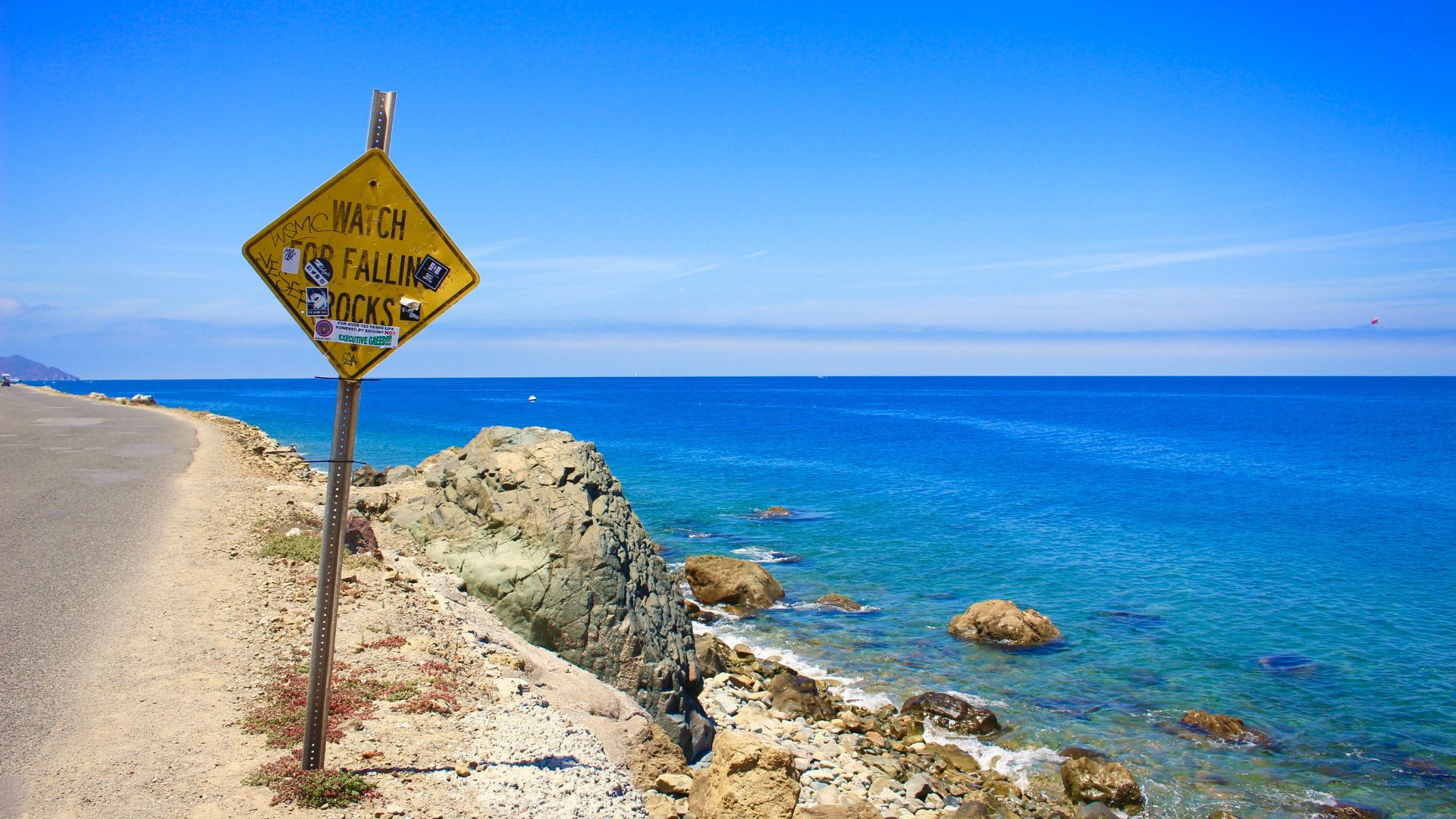
Source: Linda Wartenweiler/Unsplash
The Conservancy, however, views this as a potentially effective and immediate solution to curtail the rapid deterioration of the island’s ecosystem. This clash of perspectives underscores the complexity of balancing ecological preservation and ethical considerations.
Historical Interventions
In the past, similar measures were taken to control invasive species on Catalina Island. The elimination of goats and pigs through hunting expeditions proved to be effective in restoring the ecosystem’s balance.
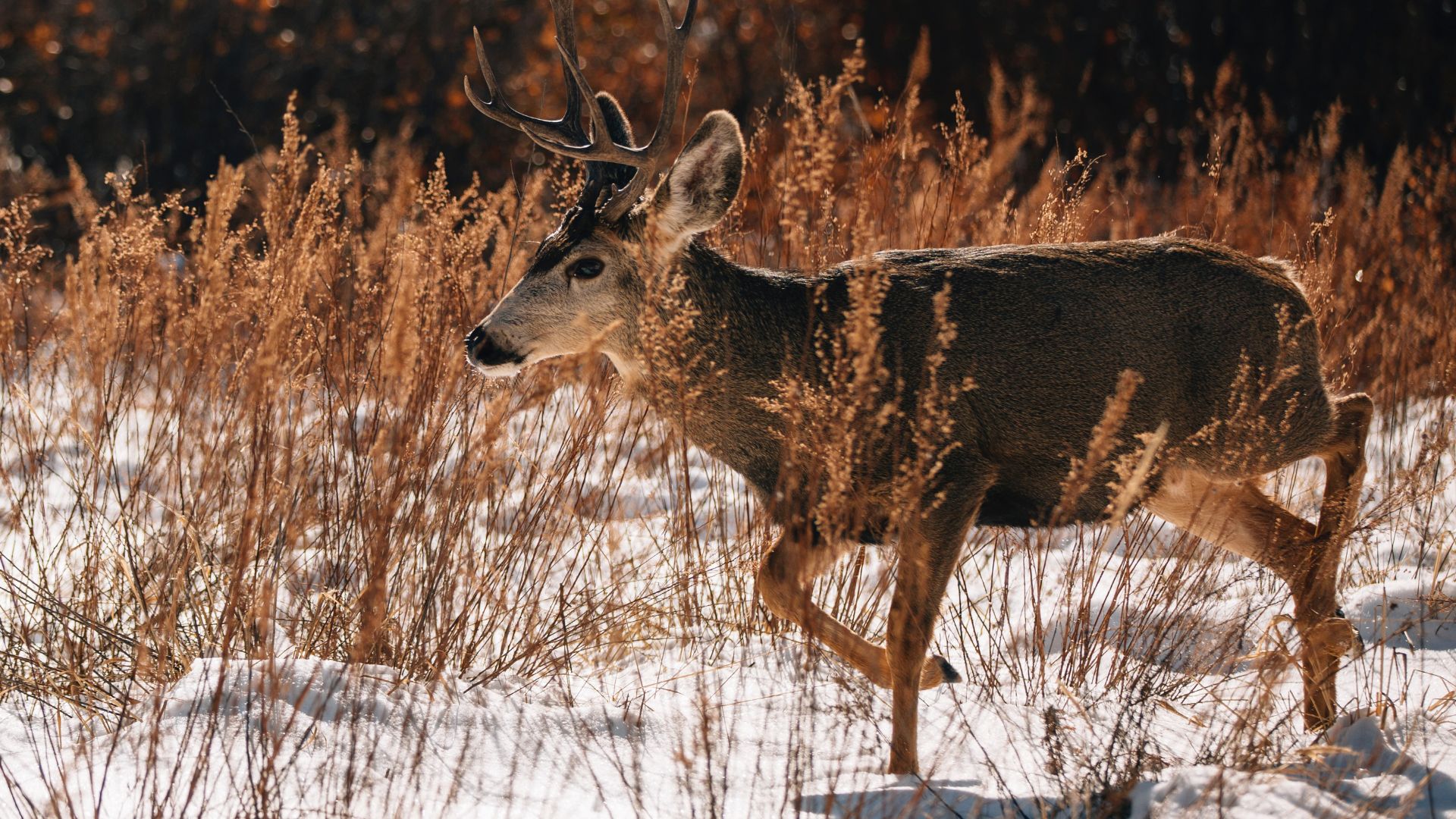
Source: Joe Dudeck/Unsplash
Such historical actions are now part of the ongoing debate, as stakeholders weigh the potential benefits and ethical implications of another mass culling initiative.
The Island’s Fragility
Catalina Island, visited by over a million tourists annually, is a sanctuary for a unique blend of species. However, the influx of mule deer, combined with the climate crisis, poses a severe threat to its fragile ecosystem.
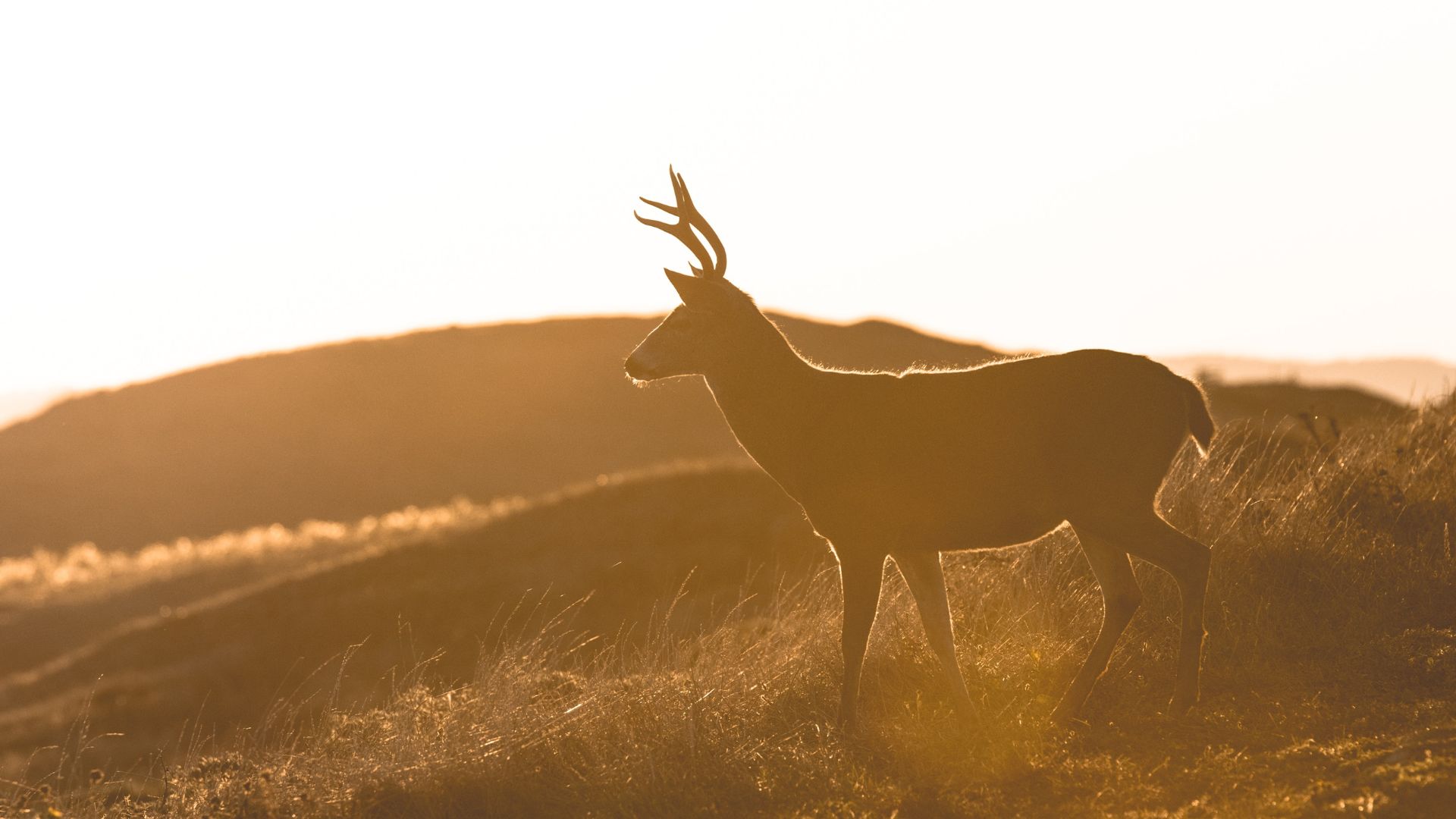
Source: Casey Horner/Unsplash
Every organism and habitat on the island is integral to its biodiversity, and decisions made now will significantly impact its future.
The Paradox of Preservation
The existence of mule deer on Catalina Island is a complex issue intertwining ecological, ethical, and emotional aspects. While recognized as invasive, the deer have also been an integral part of the island for many years.
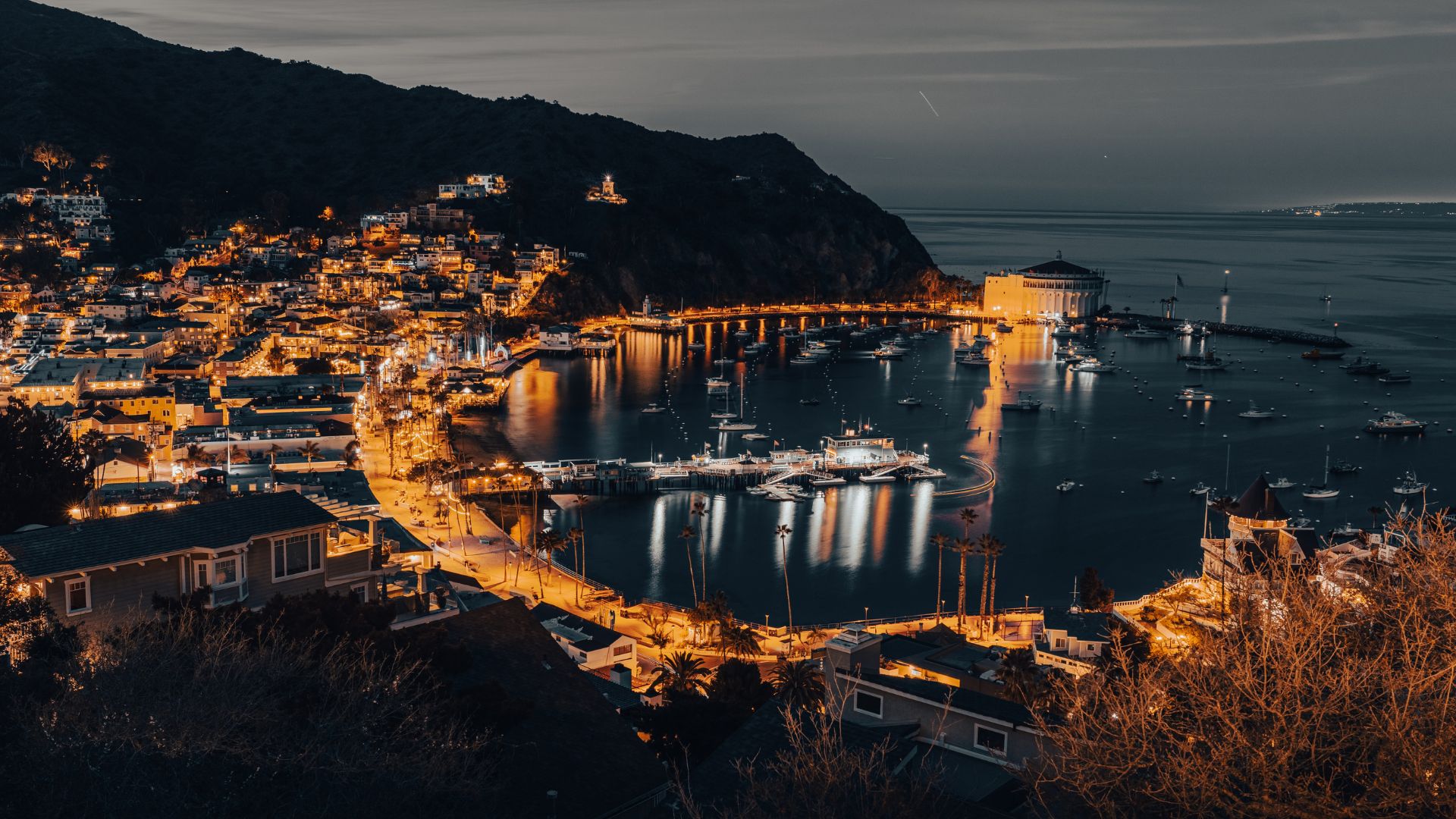
Source: Venti Views/Unsplash
The ongoing debate highlights the intricate challenges of ensuring both the preservation of the island’s ecosystem and the welfare of its animal inhabitants.
Decisive Action Needed
With the climate crisis exacerbating the issue of the invasive deer population, a timely and effective solution is imperative. The ongoing dialogue, marked by petitions and diverging views, reflects the community’s commitment to both ecological preservation and ethical considerations.

Source: Pedro Lastra/Unsplash
Catalina Island stands at a pivotal juncture, and the decisions made will have lasting impacts on its ecological and ethical landscape.
Unfolding Developments
The world is closely watching the unfolding events on Catalina Island, a locale marked by rich biodiversity and a complex ecological narrative.
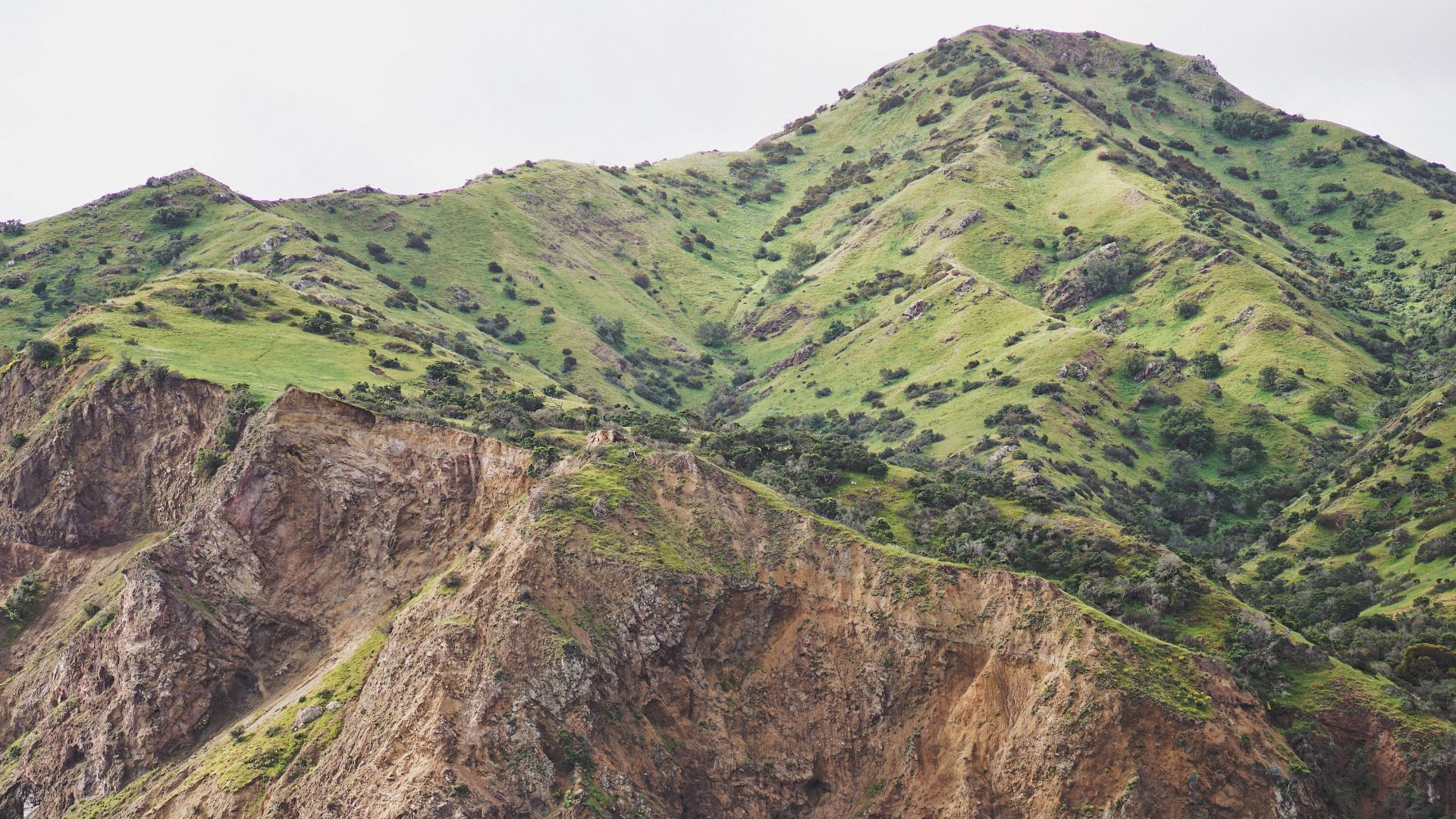
Source: David Keegan/Unsplash
The decisions regarding the mule deer issue will not only shape the island’s future but may also set a precedent for similar environmental and ethical challenges globally. The resolution remains uncertain, marking an essential chapter in the island’s storied ecological history.
